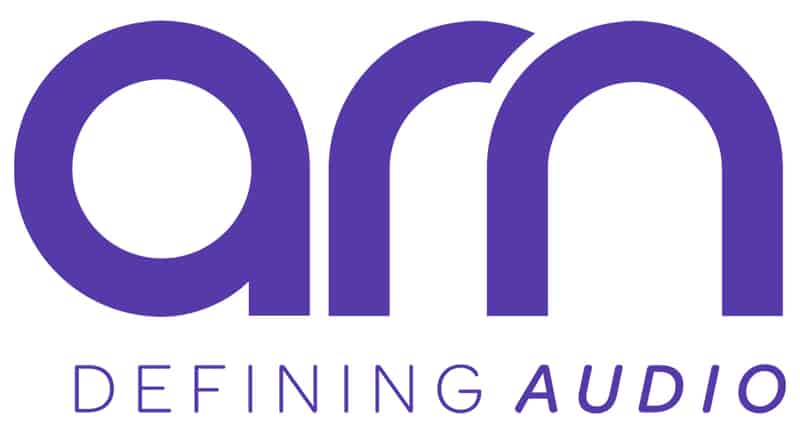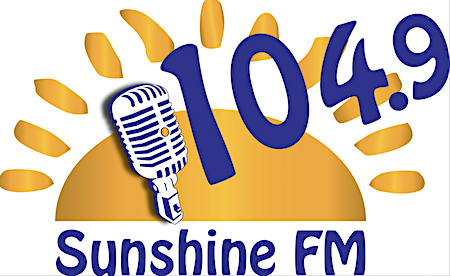Who are you programming to ?

Tom Watson is president of A.C.C. Consulting & Marketing International with clients in major U.S. markets as well as in Europe and Asia. Tom consulted the Australian Radio Networks in the 90s, taking TT-FM from AM to FM and putting MIX-FM on the air in Sydney.
Today Tom asks 'Who are you programming to ?'
Digital, Internet, Terrestrial, no matter what your platform may be for your programming, there is one rule that still applies, "CONTENT & LOCAL IS KING".
LIVE AND LOCAL wins every time.
I've said this many times over the years, music alone is not a strong enough benchmark to make/keep you #1. I'm addressing the money demographics, the 30+ adults, not the Millennials 12-30.
Millennial's don't care about radio, don't care about television, long form radio programming, they are after "instant gratification" and less clutter. Therefore. if you are doing Classic Hits, Adult Top 40, Gold Formats, the Millennials will not be attracted to your station.
For an example, the top 25-54 radio station in New York City is WCBS-FM. It sounds just like a well executed Top 40 / HOT AC from 1975 to 1985. Great music, great on-air talent that actually have personality and relate to the local area, a great morning show, and overall is fun to listen to. Wow, what a concept!
Great talent and personalities keep bringing listeners back because they want more. They also give out fun and interesting facts about the music, artists, the local community, that listeners can't find on any other New York City radio station.
Remember you must have the air talent making "appointments" with the listeners to come back at specific times through the hour through the day, and other days. This will help to increase your "tune- ins" per hour and per day. If you can increase your tune-ins by only one per day, you can have a big ratings increase for your station each survey period.
I call these "Vertical & Horizontal promos". Vertical is done each quarter hour, telling the listeners about something of interest that will be coming up within the next 10 to 15 minutes, ie: contests, features, items of interest, etc.
Horizontal is when you a promote a feature, tell the listeners that they can hear that again tomorrow at this exact time time. Keep them coming back for more.
Radio still has "star-power" and is still "Show Biz" to these 30-55 listeners. We in the business may have become callas to this very important fact, but it is one that drives your $$ Money Demos $$ to your $tation. They grew up with this type of radio and still enjoy it.
The same is true in Los Angeles and California. K-EARTH 101 is the Classic Hits station that grabs a huge chunk of revenue & ratings in that 10 Million plus population market. They have the same attributes as WCBS-FM New York; well formatted, great music, great, and wonderful air talent that understands how to entertain the adult audience of Southern California, and competitions that are fun and relevant.
Too many group programmers & consultants have said that competitions on the radio are useless talk and no one cares about them.
To a certain extent that may be true. Research has shown us for a long time that only 5%, or less, of listeners will ever participate in a radio station contest. However, that 5% can be people who are participating in the ratings process. Don't alienate them.
The Research I have been exposed to says that if a competition is well thought out and targeted properly to the specific audience you are after, they work perfectly.
They must have a fun element, something that makes the casual listener take notice. That also gets down to not only what the prize is, but how it is written and how it is presented in promos and by the jocks.
Does it sound "bigger than life" or just another element that goes by unnoticed. If you don't make it sound big and exciting, how do you expect the audience to get excited?
The key to doing a competition is not just "taking caller number 10 to win a prize". There has to be more intrigue to it than that. Trivia works great, especially with that in-car listener. Theatre of the mind that makes your listeners see something in their mind's eye, feel something (sizzle & excitement), and want to play along.
They can play along vicariously in their mind, guessing the answer, and it becomes memorable and fun. It also becomes a benchmark for your station for the paper diary keepers.
If we are going to survive the iTunes, Pandoras, satellite radio, and other music delivery systems, we must get back to "what made us famous" with that 30+ demographic when they grew up with this format.
The 3 successful keys to any radio station still are;
- MUSIC
- BREAKFAST
- MARKETING
Somewhere along the way we have forgotten about these simple basics that work when done every day, 24/7.
The dilemma these days among companies is "do we program to Millennials or Baby Boomers/GenX?" That gets down to what your business plan is for your company. You can't be all things to all people.
Live radio is still healthy and doing well. There are other options that people can use for entertainment but Radio will be around a long time!
Tom is available for consulting in Australia. Contact him at [email protected]


